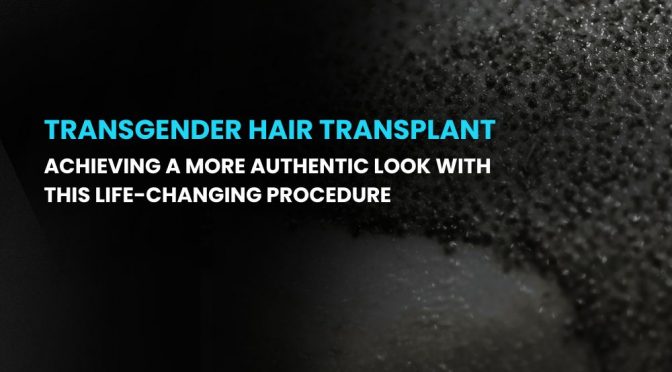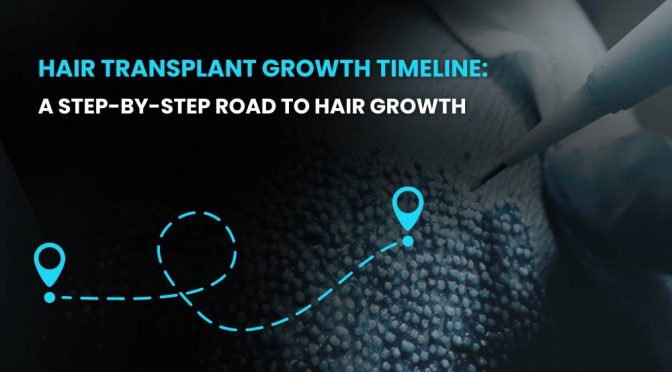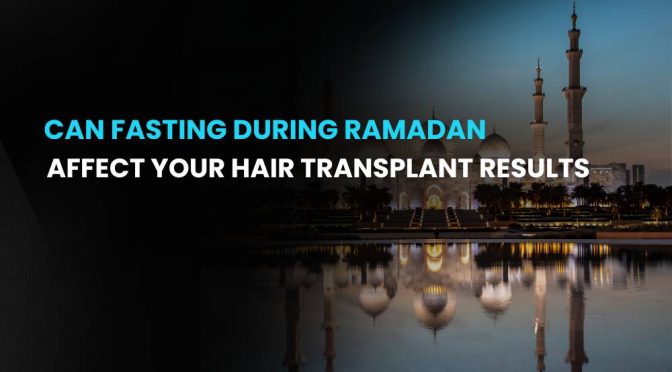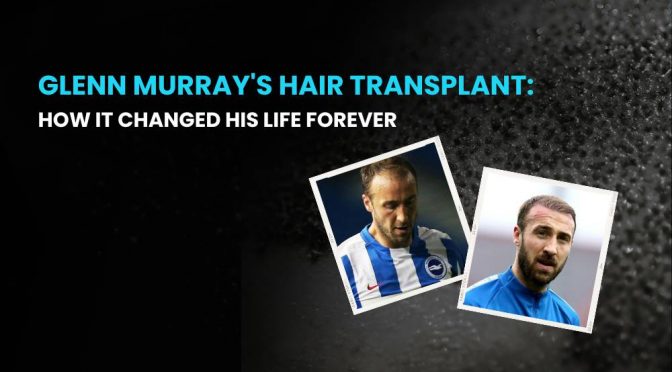For many, hair loss can be a source of distress and can negatively impact one’s self-esteem. However, the good news is that hair transplant surgery can provide a solution to this problem. In this article, we will discuss the benefits of hair transplant surgery for transgender individuals, the hair transplant process, and what to expect before and after the procedure.
Understanding Hair Loss in Transgender Individuals
Hair loss is a common issue among both cisgender and transgender individuals, but it can be particularly distressing for those in the transgender community. Hormone replacement therapy (HRT) can cause changes in hair growth patterns, leading to hair loss for some individuals. In addition, some transgender individuals may experience hair loss due to genetics or other factors.
Transgender Hair Transplant Statistics
According to the International Society of Hair Restoration Surgery, 17% of all hair transplant patients in 2019 identified as transgender. This statistic highlights the growing popularity of hair transplant surgery among transgender individuals as a means to achieve a more authentic appearance.
The Benefits of Hair Transplant Surgery for Transgender Individuals
Hair transplant surgery can provide a range of benefits for transgender individuals. Firstly, it can help to restore confidence and self-esteem by creating a more authentic appearance. Secondly, it can be a crucial step in aligning one’s physical appearance with gender identity. Lastly, it can be an effective solution to hair loss caused by HRT or other factors.
The Hair Transplant Process for Transgender Patients
The hair transplant process for transgender patients is similar to that of cisgender patients. The procedure involves transplanting hair follicles from a donor area (typically the back of the head) to the recipient area (typically the front hairline). The transplanted hair follicles will then grow naturally in their new location.
The Importance of Finding the Right Surgeon
Finding the right hair transplant surgeon is essential to achieving the best results. It is important to choose a surgeon who has experience working with transgender patients and who understands the unique challenges and concerns of this population. Furthermore, it is important to choose a surgeon who has a proven track record of success and who can provide before and after photos of previous patients.
Preparing for Your Surgery
Before undergoing hair transplant surgery, it is important to prepare both physically and mentally. This may involve quitting smoking, avoiding certain medications, and following a healthy diet and exercise routine. It is also important to discuss any concerns or questions with your surgeon and to follow their pre-operative instructions closely.
The Recovery Process and Timeline
The recovery process for hair transplant surgery typically involves some discomfort and swelling in the days following the procedure. However, most patients are able to return to work and other activities within a week or two. It is important to follow your surgeon’s post-operative instructions closely and to avoid strenuous activity for several weeks after the procedure.
Before and After Results of Transgender Hair Transplant Surgery
The results of hair transplant surgery can be transformative, providing patients with a more authentic and natural appearance. Before and after photos of previous patients can provide a sense of the potential results of the procedure. It is important to keep in mind, however, that individual results may vary and that the success of the procedure depends on a range of factors.
Alternative Options
While hair transplant surgery is a popular and effective option for many transgender individuals, there are also alternative hair restoration options available. These may include non-surgical hair restoration techniques such as hairpieces or hair extensions, or topical treatments such as minoxidil.
Frequently Asked Questions about Transgender Hair Transplant
Q: Will insurance cover the cost of hair transplant surgery for transgender individuals?
A: In most cases, insurance will not cover the cost of hair transplant surgery for transgender individuals. However, some insurance plans may cover the cost of the procedure if it is deemed medically necessary.
Q: Is hair transplant surgery painful?
A: Hair transplant surgery is typically performed under local anesthesia, which means that patients will not feel any pain during the procedure. Some discomfort and swelling may occur in the days following the procedure, but this can be managed with pain medication.
Q: How long does it take to see results after hair transplant surgery?
A: It can take several months to see the full results of hair transplant surgery, as the transplanted hair follicles need time to grow and mature. However, patients may begin to see some new hair growth within a few weeks of the procedure.
Conclusion and Resources for Finding the Best Hair Transplant Surgeon
Hair transplant surgery can be a life-changing procedure for transgender individuals seeking to achieve a more authentic appearance. It is important to choose a qualified and experienced hair transplant surgeon who understands the unique needs and concerns of the transgender population. If you are considering hair transplant surgery, be sure to do your research and choose a clinic that has a proven track record of success.





